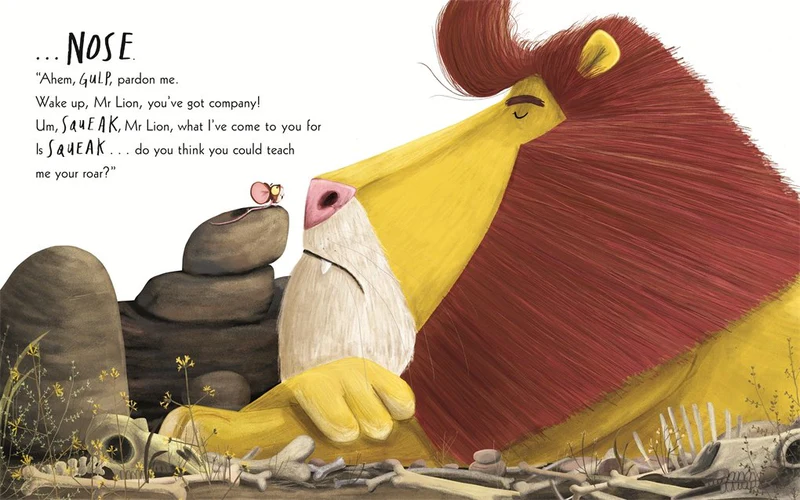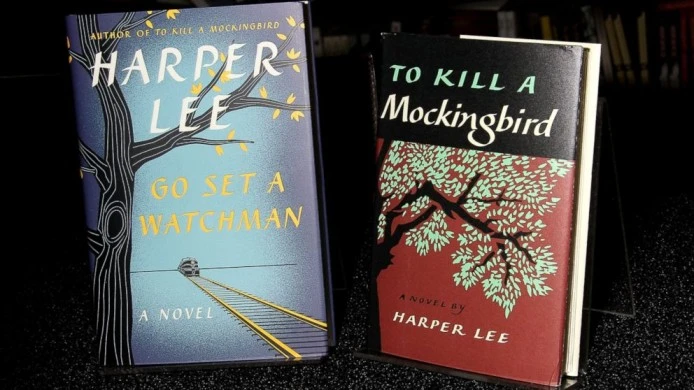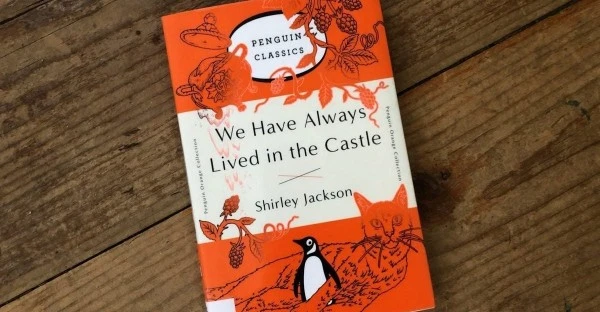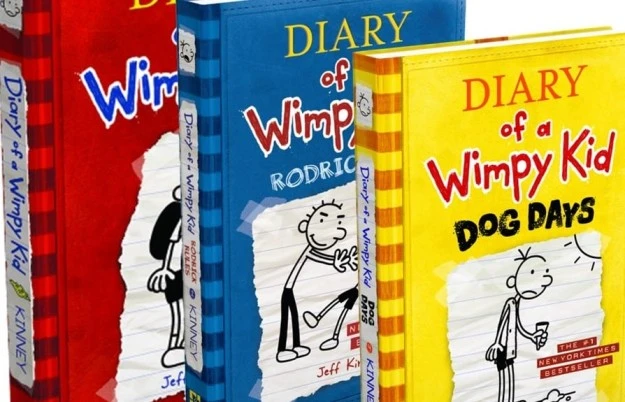A Hunger Games Prequel Focuses on an Unlikely Character

Reading Suzanne Collins’s “Hunger Games” trilogy, which concluded a decade ago, was a feverish, disturbing, exhilarating, all-consuming experience. Its premise was horrible: that in the dystopian world of Panem, built on the ruins of what was once North America, young people who were selected each year by lottery would fight to the death, gladiator-style, while an enthralled nation followed along on TV.
More than 100 million copies of the books are in print, and their immense popularity is due largely to their spectacularly charismatic heroine, Katniss Everdeen, with her rebel’s bravery, her hunter’s cunning and her burning desire for justice. If she was the best thing about Panem, then its president, the creepy Coriolanus Snow, was the worst. A horrible mix of Machiavelli, Nero and Richard III, he famously wore a rose to mask the stench of blood in his ulcerated mouth (the result of ingesting poison).
And now, in the tradition of movies like “Joker,” which reveals that one of Batman’s nemeses was a standup comedian who lost access to his medication, and the Star Wars prequels, in which it turns out that Darth Vader was once a heroic Jedi knight, comes “The Ballad of Songbirds and Snakes.” This prequel, set 64 years before the original books, stars Coriolanus as a confused, impoverished 18-year-old high school student yearning for good grades and world domination.
[ This book was one of our most anticipated titles of May. See the full list. ]
It is a steep challenge to write a book whose hero is, everyone knows, destined to become deeply evil. Do we want to hear — now, after we know the endgame — that the young Voldemort was unfairly saddled with a demerit in class or that the adolescent Sauron fretted because he had to wear hand-me-down clothes?
Yes, please. (Apologies to those who like their closed fictional worlds to remain intact.) “The Ballad of Songbirds and Snakes” takes us to a Panem still in the dark days of reconstruction after the districts’ failed rebellion against the dictatorial Capitol. Much like the outlying lands subjugated by a rapacious central government in ancient Rome — one of the inspirations for the story, Collins has said, and the reason so many characters’ names are plucked from Roman history — the districts have paid a dear price for their treachery, living under martial law, laboring to provide products for the much richer Capitol and giving up their children as tributes in the Hunger Games.
[ Read John Green’s review of “The Hunger Games.” ]
After a Stalingrad-like siege in which people starved outside their homes, their corpses cannibalized by neighbors, the Capitol isn’t yet the rich center of decadent excess it will become. Food is scarce. Rubble lines the streets. Everything is used and reused. Everyone has PTSD. “What a luxury trash would be,” young Coriolanus thinks.
Life is not easy for him. As the scion of an upper-crust family fallen into shameful penury, he has to keep up appearances. (“Snow lands on top,” he and a cousin tell one another.) He has to excel at the elite Academy, earn a scholarship to college and fulfill what he sees as his manifest destiny. And, as the book begins, he has to navigate his way through one of the hardest assignments his class has ever faced: serving as mentors for the tributes forced to participate in the 10th Hunger Games.
As much as this is Coriolanus’s origin story, it is an origin story for the Games themselves, an answer to the questions about their history posed by Katniss in “Mockingjay,” the final volume of the trilogy: “Did a group of people sit around and cast their votes on initiating the Hunger Games? Was there dissent? Did someone make a case for mercy?”
People who love finding out the back stories in fictional universes — why Sherlock Holmes wears a deerstalker hat; where Indiana Jones got his scar — will relish the chance to learn these details. Here, the Games are still a miserable spectacle, a poor version of the lavish, grotesque extravaganza they will become.
The children are shackled, carted to the Capitol on cattle trains and then dumped in the monkey cage at the zoo. The Games take place in a crumbling, dilapidated stadium still stained with the blood of past losers; the participants are as likely to die of starvation or illness as they are to be shot or cleaved to death by their opponents.
Which makes them no fun at all.
So Coriolanus and his classmates are asked to come up with ideas to make the games more engaging, to get the public involved, to raise the TV ratings. Think Pierre de Coubertin and the origins of the modern Olympics. On second thought, don’t.
One student suggests executing anyone who refuses to watch. Coriolanus’s proposal — enabling viewers to place bets on the tributes, and to send them food or water via drone — is more like it. Not everyone is an enthusiast. “Who wants to watch a group of children kill each other? Only a vicious, twisted person,” grouses the most rebellious of the students.
As in the trilogy, the descriptions of the Games themselves — scenes in which blameless teenagers poison, beat, stab, trident and ax each other to death while adults debate tactics from afar — are hard to read but hard to turn away from. This is violence porn. It is disturbing that we find it so compelling. It also means that the book inevitably loses some of its propulsive bite when the Games end and the action moves out of the Capitol. Parts of the last fourth of the novel feel flat and desultory after the excitement we have just been through.
The standout heroine is Coriolanus’s mentee, Lucy Gray Baird from District 12. (That was Katniss’s district. Alert readers will recognize some neat connective threads.) She is scrappy, charming, fearless, grown-up before her time and a natural on camera. Like Harry Potter, she appears to be a parselmouth, able to talk to snakes. Her jauntiness occasionally grates. Coriolanus falls for her, but will they end up together? I’m afraid we can imagine the answer to that.
At times, Coriolanus is a sympathetic character. He recoils from injustice. He is repulsed by the woman in charge of the Games, Volumnia Gaul, a Mengele-esque scientist who has her own affinity for snakes and whose idea of a good time is to melt the flesh off lab rats “with some sort of laser.”
But he is a snob and an opportunist, skilled in the art of looking out for No. 1, even as he and his classmates debate human nature and the morality of the Hunger Games. His slide into evil seems the result of inertia and greed, not a specific come-to-Satan moment.
It isn’t until the final pages that you learn the real answer to Katniss’s question, how the very first Hunger Games began, and the anguish they have brought to the architect behind the original proposal. As that character says, before meeting an untimely end: “Who but the vilest monster would stage it?”




